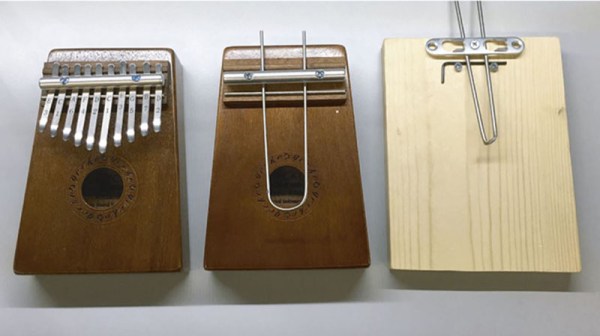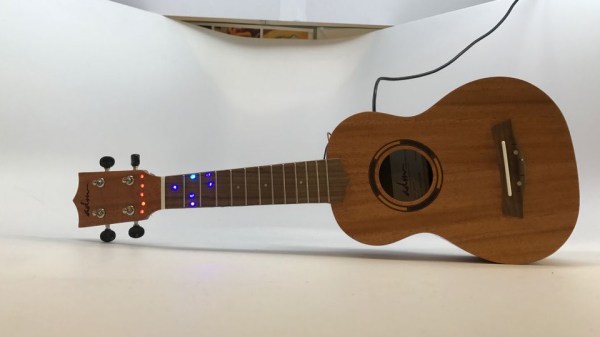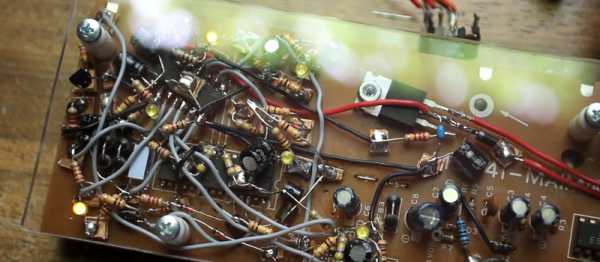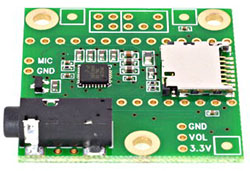For the last seven months, we’ve been running the world’s greatest hardware competition. The Hackaday Prize is the Academy Awards of Open Hardware, and a competition where thousands of hardware hackers compete to build a better future. The results have already been phenomenal, but all good things must come to an end: we’re wrapping up the last challenge in the Hackaday Prize, after which the finalists of the five rounds will move on, with the ultimate winner being announced next month at the Hackaday Superconference.
We’re in the final hours of the Musical Instrument Challenge, where we’re asking everyone to build the next evolution of modern music instrumentation. We’re looking for the next electric guitar, theremin, synthesizer, violin, or an MPC. What we’ve seen so far is, quite simply, amazing. One of the finalists from the five challenges in this year’s Hackaday Prize will win $50,000 USD, but twenty projects from the Musical Instrument Challenge will each win $1000. We’ll be figuring out those winners on Monday, where they’ll move onto the final round, refereed by our fantastic judges.
It’s still not too late to get in on the action in this year’s Musical Instrument Challenge. We’re looking for the best musical projects out there, but time is of the essence. This round closes on October 8th at 07:00 PDT. There’s still time, though, so start your entry now.
Continue reading “This Is Your Last Chance To Enter The Hackaday Prize”


















